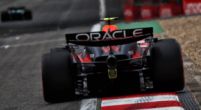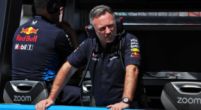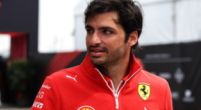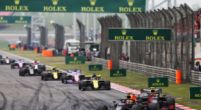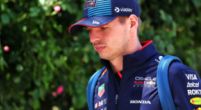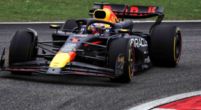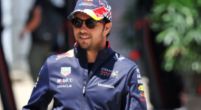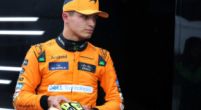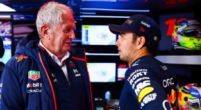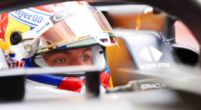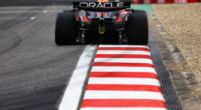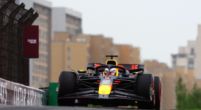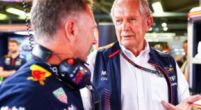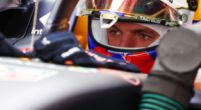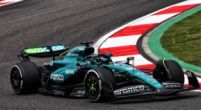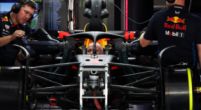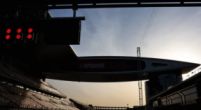Column
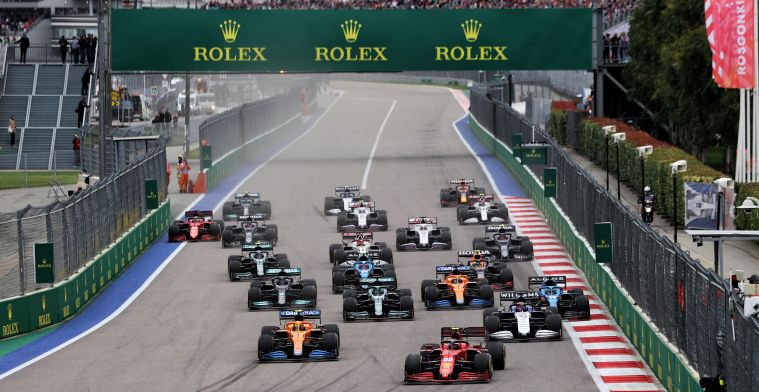
Column | What Formula 1 can learn from IndyCar ahead of US GP
As we head to the Circuit of the Americas this weekend, it seems fitting to compare Formula 1 with the premier American open-wheel racing series: Indycar. Although fans may be divided, both forms of motorsport offer a unique and entertaining experience. In this column, we analyse some of the main differences between the two racing series and consider what lessons F1 can take from Indycar.
The Basic Differences
Perhaps the biggest difference between F1 and Indycar is that the latter is a spec series. All teams run with the same chassis (the Dallara DW12) and aerodynamic kit, although teams are permitted to make set-up changes to parameters such as gearing, ride heights, anti-roll bars, etc. Indycar has two engine manufacturers, Chevrolet and Honda, that manufacture 2.2-litre twin-turbocharged V6 engines that produce anywhere between 550bhp and 750bhp. Indycar is more like Formula 2, in that all teams and drivers have the same base package, but some teams (such as Team Penske and Chip Ganassi Racing) have more experienced staff and technical know-how.
Conversely, F1 is a manufacturer series. All ten teams produce their own racecars, within the confines of the FIA’s tight technical regulations. Currently, there are four engine manufacturers: Renault, Honda, Ferrari, and Mercedes. F1’s engine regulations are rather complex, consisting of 1.6-litre V6 turbo engines coupled with a hybrid system, which altogether produces a peak power output of roughly 1000bhp. As a result of these R&D costs, F1 is far more expensive than Indycar; in 2019, leading teams such as Mercedes and Ferrari spent over $400 million across the season, whereas top Indycar teams have budgets of around $10 million annually. To this end, the FIA have implemented a cost cap in 2021 originally set to $145 million, in an attempt to promote a more equitable playing field.
Aerodynamically, Indycars employ the ground effect: the use of large underwings and bodywork on the floor of the car to “glue” the car to the ground and thereby generate more downforce. This ground effect was first pioneered by Lotus’s Colin Chapman, although it was banned by the FIA in 1983 on grounds of safety. Subsequently, F1’s aerodynamic designers have turned to other areas of the car to generate downforce, such as the bargeboards and upper elements of the rear wing. The downside of this approach is that it generates more turbulent air and makes overtaking more difficult. It seems that F1 has already taken inspiration from Indycar for the 2022 regulations, returning to this formerly banned ground effect to reduce turbulent air. The 2022 regulations are predicted to cut downforce loss from the current 47% to an estimated 18% at a one car length distance, hopefully providing for more entertaining races.
As it stands, F1 cars are considerably faster than Indycars. Although the two series run at different tracks for the most part, we can draw comparisons from the Circuit of the Americas. Valterri Bottas set a track record of 1:32:029 in 2019, nearly fourteen seconds faster than Colton Herta’s pole time of 1:46:0177 in the 2019 Indycar Classic. It is important to note however that the goals of the series are different; those who prefer to watch the pinnacle of technology and development would prefer F1, whereas those who want to witness a pure test of driver skill would gravitate towards Indycar.
Indycar’s calendar is considerably shorter, consisting of only 16 races to F1’s planned 22 events. Interestingly, Indycar sometimes opts to run “double-headers”, with two races in the same weekend; one example of this is the double-header at the Belle Isle Street Circuit in Detroit, with two separate qualifyings and races. Indycar also runs a more varied calendar trackwise, with street circuits, permanent road courses, short ovals, and superspeedways (including the world-famous Indianapolis Motor Speedway). Obviously, F1 does not have the infrastructure nor the technology to run at ovals.
This is only the tip of the iceberg, but former F1 driver Romain Grosjean best summarizes the differences between the two racing series. In conversation with reports following the Firestone Grand Prix at Laguna Seca, Grosjean explained about Indycar, “You don’t need to look after charging mode, push mode, tire temperature, tire window, so on and so on. You just go in the car, leave the pit lane, then you push every single lap. You play a bit with your bars. But as I said, you push, push, push, come in, pit, new tires.”
Onboard Cameras
Indycar, like F1, has cameras on the top of the roll hoop (often called a t-cam). However there is one major difference: Indycar cameras can rotate. As such, there is a greater field of vision encompassing the sides of the cars. This addition would certainly improve side-by-side battles and controversial battles - perhaps imagine watching the Hamilton-Perez battle in Istanbul with such angles, or the Verstappen-Hamilton crash in Monza.
Indycar has also effectively implemented visor cameras. F1 has dabbled in visor cameras in 2021, starting with Fernando Alonso in Spa, albeit not to the extent that Indycar has. Most drivers in Indycar run visor cams at some point during a race weekend, and the parent organization often uploads this footage to their YouTube channel. The visor camera allows viewers to see the track from the limited viewpoint of a driver, to feel every bump and curb, and to observe the nuances between different drivers’ styles.
No Blue Flags
Indycar differs from F1 in that it never enforces blue flags for lapped traffic. F1’s regulations state that lapped cars have three blue flags to allow the leader through before incurring a time penalty. This can often have a defining impact on the race result; consider this year’s GMR Grand Prix at the Indianapolis Road Course, where Romain Grosjean lost eight seconds in his final stint due to lapped traffic and subsequently lost victory to Rinus Veekay.
A lack of blue flags provides for more overtakes in potentially boring races and closes the gap between the leaders, but more importantly it introduces another variable into the mix. Teams will have more strategy options, where they can perform the undercut or overcut if a rival is stuck in traffic. Obviously, such a rule would have to be revisited at tracks such as Monte Carlo (or otherwise there would be carnage). At first glance, this seems an absurd suggestion; however, with the 2022 regulations on the horizon and the increased ease of overtaking, this could be a rule worth looking into.
Tires & Pit Stops
Indycar only offers two dry tire compounds: red-compound tires and black-tire compounds. The red tires are similar to softs in F1, in that they are faster and provide more grip, but wear out faster in race situations. The black tires are analogous to the mediums or hards in F1, where they do not provide as much peak performance but are more durable. Like F1, drivers in Indycar must use both compounds at some point during the race.
Initially, there doesn’t seem to be much difference between having two and three compounds. However, we consistently see that Indycar races have two or three stops, with differing orders of tires: for instance, one driver might hypothetically start on reds and do two stints on blacks, whereas another driver may opt to finish the race on reds after two black stints.
Contrast that with F1, where most dry races are one-stoppers (with the occasional two-stop being used at high tire wear circuits). The frontrunners in F1 (the Mercedes and Red Bulls) have the pace to qualify and start on mediums, neutralizing any element of strategy. Forcing more pit stops simply introduces more variability and allows for upsets as slower teams can make up a pace differential through clever strategy. To that end, Pirelli ought to consider softer, less durable tires for the future.
Moreover, Indycar does not use tire blankets. As a result, drivers have to adopt a new skill set and be able to warm up their tires quickly on formation and outlaps. Banning tire blankets provides for more on-track action, as fast cars must weave their way through slower cars that have recently emerged from the pits; it also increases strategy options by making the undercut more viable. Perhaps this is not feasible with the current Pirelli tires, but it is an interesting option.
These are only a few of the lessons F1 could take from its American counterpart, but there are also facets of F1 that would be interesting in Indycar. As a racing fan, it is best to enjoy the unique challenges of both disciplines.


